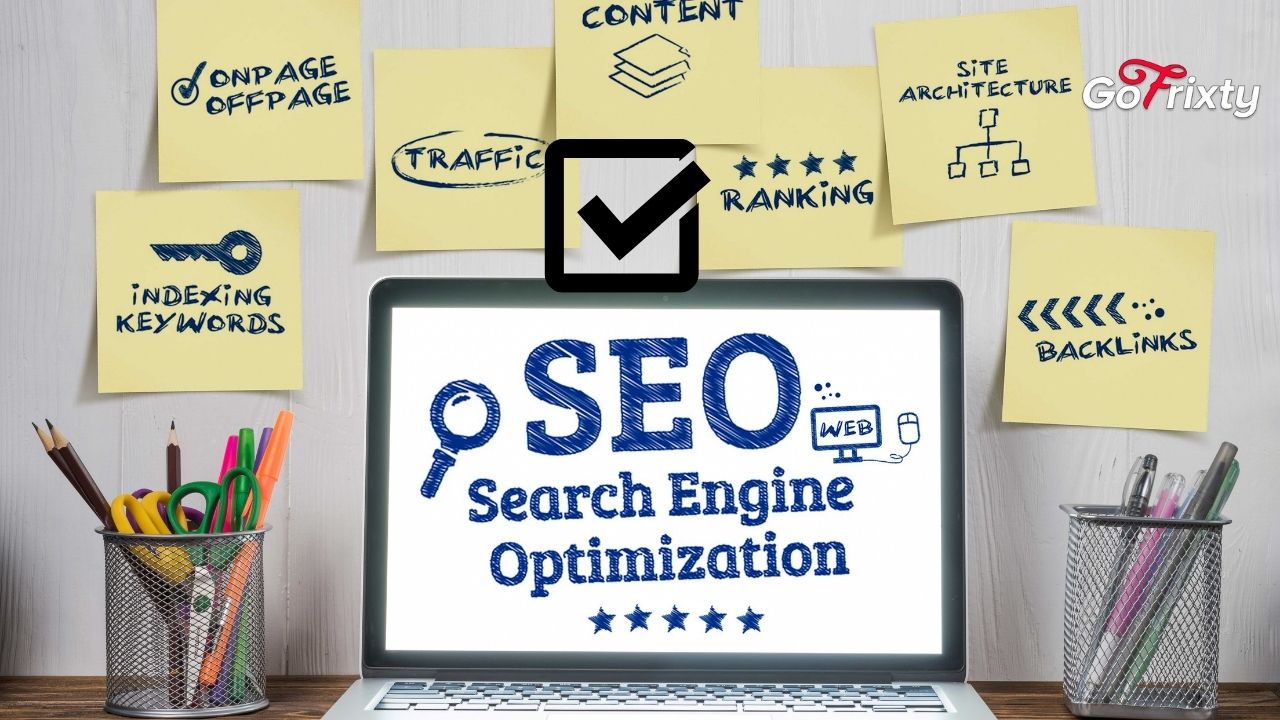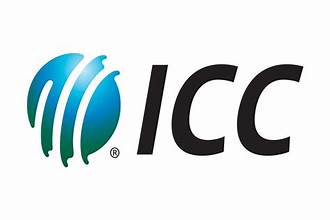There are a lot of moving parts when it comes to SEO, making it difficult for website owners to identify what they need to do to rank higher on search engine results pages. A comprehensive SEO checklist can help alleviate some of that pressure by outlining all of the necessary steps that need to be taken, including on-page optimization, link building, and social media engagement. By following this guide, website owners can put their best foot forward and improve their chances of organic traffic growth.
Article Outline
- Introduction
- On-page optimization
- Technical SEO
- Off-page optimization
- Measuring and tracking SEO success
- Wrap-up
As business owners ourselves, we understand that you’re always looking for ways to improve your website and grow your business. That’s why we’ve put together this complete SEO checklist for website owners to help you improve your website’s visibility and organic search traffic.
SEO is one of the most important marketing channels for any business, and it’s continually changing. Keep up with the latest changes and optimize your website using our checklist!
1. Perform a Website Audit
The first step in improving your website’s SEO is to perform a website audit. This will help you identify any areas of your website that need improvement.
To conduct a website audit, you’ll need to analyze your website’s HTML code, structure, and content. You’ll also want to evaluate your website’s search engine visibility and organic search traffic.
Here are some of the factors you should analyze:
- Page Title Tags
- Meta Descriptions
- H1 Tags
- HTML Code Errors
- Structured Data Markup
- Site Speed and Load Time
- Google Search Console Integration
- SEO Friendly URLs
- Content Quality and Length
- Internal Linking Structure
- External Linking Structure
- Anchor Text
2. Improve Website Structure and Navigation
If your website’s structure and navigation are not optimized, it will be difficult for search engines to index your pages correctly. This can negatively impact your website’s SEO.
To improve your website’s structure and navigation, you’ll need to ensure that your pages are properly linked together. You’ll also want to make sure that your website’s navigation is easy to use.
Here are some tips for improving your website’s structure and navigation:
- Create a sitemap and submit it to Google Search Console.
- Ensure that your pages are properly linked together.
- Use breadcrumbs to help visitors navigate your website.
- Make sure your navigation is easy to use.
3. Optimize Page Titles and Meta Descriptions
Page titles and meta descriptions are two of the most important on-page SEO factors. They help search engines understand what your page is about, and they also influence how your page appears in search engine results.
To optimize your page titles and meta descriptions, make sure they are:
- Relevant to the page’s content
- Informative and interesting to potential visitors
- In line with other pages on your site
- Limited to 120 characters (including spaces) for page titles, and 255 characters for meta descriptions
4. Optimize Images for SEO
Images can also help improve your SEO performance. To optimize your images for SEO:
- Use keywords in the file name and alt text of your images.




